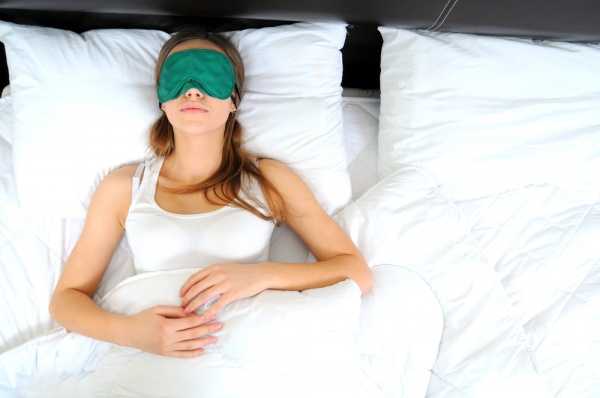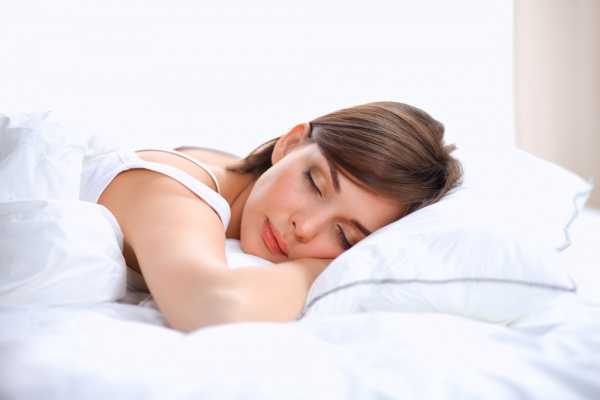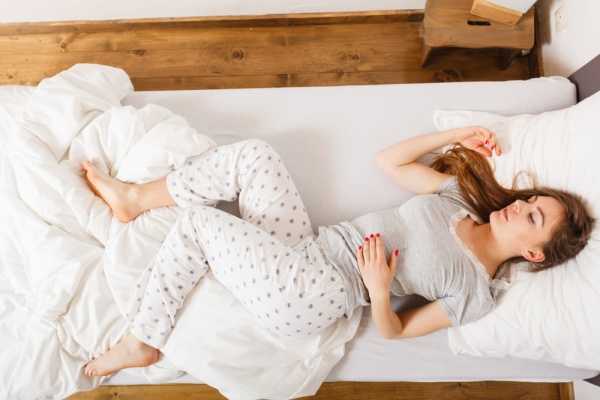There is a lot written about sleep positions – which is probably second only to what has been written about sex positions. Actually, neither of these turns out to be the only factor determining the quality of your sleep so you might feel better about variety and experiments than restricting yourself to something. However, the position you sleep in has an impact on overall health, too, not just on your sleep.
That’s why looking closer at this important sleep variable is definitely worth doing, even if tons of stuff written about sleep positions seem like a boring read. In fact, not only doctors and researchers link headaches, heartburn, sleep apnea as well as shoulder, arm, knee and back pains to sleep positions – people often know this from their own experience.
If you wake up with fatigue, soreness, and tightness or numbness in your muscles, improper sleep posture is most likely to blame. Of course, one sleeping style will not work for everyone, but there are a few general things to know about the most common sleep positions:
1. Back sleeping position
Pros:
Snoozing in this position helps your neck and back muscles to relax, allowing the mattress to do its job of supporting the spine properly.
Cons:
Many people sleep on their backs with their hands above the head, which leads to shoulder pain. Try keeping the arms by your sides to reduce strain on the shoulders, perhaps sleeping with your head as close to the headboard as possible to stop the arms from going over your head. You can also sleep with a small pillow or a rolled-up towel under your knees to avoid pain in your lower back that is sometimes experienced by back sleepers.
Snoring and sleep apnea occur more frequently in back sleeping position, which can result in sleep that is fragmented and of poor quality. Sleep apnea can lead to high blood pressure, heart disease, daytime drowsiness, fatigue, and headaches. Doctors closely link this condition to back sleeping and prescribe side sleeping as a treatment.
2. Side sleeping position
Pros:
In addition to being great for reducing snoring and sleep apnea, this is one of the best positions for your back. Doctors also claim that sleeping on the left side improves blood circulation to the heart and can ease heartburn and acid reflux.
Cons:
Side sleeping with the arms in an overhead position is likely to cause a lot of discomfort in the shoulder area. Some side sleepers also report wrapping the pillow around their head with their arms, as well as using a thicker pillow, one folded in half or two pillows to compensate for a lack of proper neck support, which also leads to shoulder and neck pain.
Investing in a quality pillow can be that magical change in terms of neck support, and you can ease back pain when sleeping on your side by placing a small pillow between your knees.
More: 4 Alternative Sleeping Cycles to Increase Your Waking Hours (Infographic)
3. Stomach sleeping position
Pros:
Besides helping to ease snoring and some cases of sleep apnea, stomach sleeping can reduce menstrual cramps, but that is pretty much all that can be considered a good thing about resting on your belly at night.
Cons:
Since it is impossible to sleep with your face flat in the pillow, as you need breathing, the head is turned to one side during stomach sleeping. Your spine is forced into different contortions and an unnatural position, which usually results in pains, numbness or tingling of the spine and limbs, but most often, the extreme strain on the neck is likely to cause neck and back pain, discomfort and restless sleep.
Sleeping with your face against a pillow also causes compression wrinkles and saggy skin. The study of sleep positions as contributory factors to the formation and progression of facial wrinkles has observed various deformities and wrinkles of the face and neck resulting from stomach sleeping.
This position is to blame for unsightly fine lines and puffy eyes as well, causing fluid to pool. That’s probably enough said to explain why it is not recommended to sleep on your stomach. Back sleeping to keep your head elevated and to keep your creams where you need them – on your skin – is much better for the beauty oriented.
Welcoming changes
‘I would be switching up the way I sleep right away if it was possible,’ many of us may think. Can sleep positions be controlled at all? No matter how many nights I go to bed stretching myself out on my back, I almost always wake up sleeping on my stomach or side, sometimes with my face squished into the pillow, my neck stiff and my muscles sore.Since people are not fully aware of their positions while sleeping, it may seem impossible to control. Something that has become habitual over time may be hard to overcome if you want to make a change, opting for what is considered to be optimal or beneficial for your sleep. However, altering the sleep position your body is used to can be easier than you think.
Although a good mattress tops the list of things key to getting a better night’s sleep, finding the right pillow with the right amount of fill is essential for gradually training the body to sleep in a certain position. This includes not only the pillow you rest your head upon for support of your neck and spine – there is a variety of special sleep products called positioning pillows.
Special pillow helpers
Positioning pillows are exactly what their name implies: they help your body to stay in whatever position is preferable, beneficial or recommended for sleep by the doctor. They come in a variety of different shapes and designs, being specially contoured to take the stress off your neck, shoulders, back, hips, knees, etc.
Some are even flexible and adjustable, completely unique or designed for a specific purpose like helping people recover from an injury or surgery. Most are made from polyurethane foam, but there are also organic alternatives filled with natural materials.
Special pillows are not only your funny-shaped pregnancy and breastfeeding companions, as some people think. They can help you re-train your sleep position or ease a certain health condition, and make a considerable difference in the amount and quality of sleep you get.
More: Can’t Sleep? 7 Things to Do after Midnight Only
All over the Internet, people keep asking which sleep positions are good and which are bad, but this is not the kind of classification that would make sense. There are ones that are favorable and unfavorable at certain points in your life – or temporarily unfavorable due to injuries and other health issues.
Besides using positioning pillows, there are other tips for changing an unfavorable sleeping position or improving the quality of sleep, such as wearing an eye mask or using room-darkening window shades. Do you have any that you have found helpful?












